SÃO PAULO, BRAZIL – There are five environmental reserves inside the city of São Paulo that, this summer, for the very first time, will be open to the public, who will be able to hike through the woods and, with luck, cross paths with Brown howlers, sloths and even Brown Brockets that live in the last remnants of the metropolis’ virgin forest.
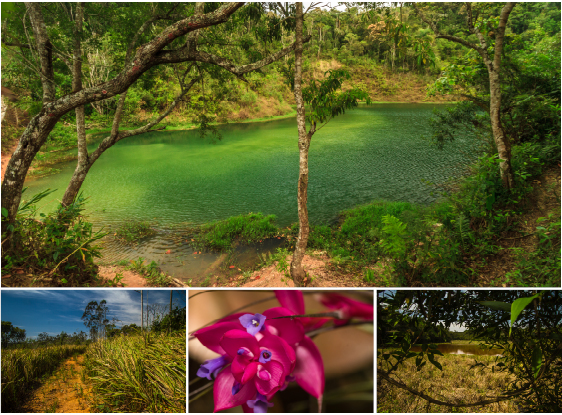
These reserves are municipal natural parks, four of which in the extreme south of the municipality and one in the eastern zone, which until now could only be visited with prior booking and attracted some 50 visitors per month (mostly scouts, school trips and university researchers).
The Municipal Secretary of the Environment decided to introduce, this month and the next, a pilot project to open these parks during the day to citizens who want to visit the areas without having to book an appointment.
“Everyone has the trails as their main attractions,” says Anita Correia de Souza Martins, director of the department’s Conservation Unit Management Division.
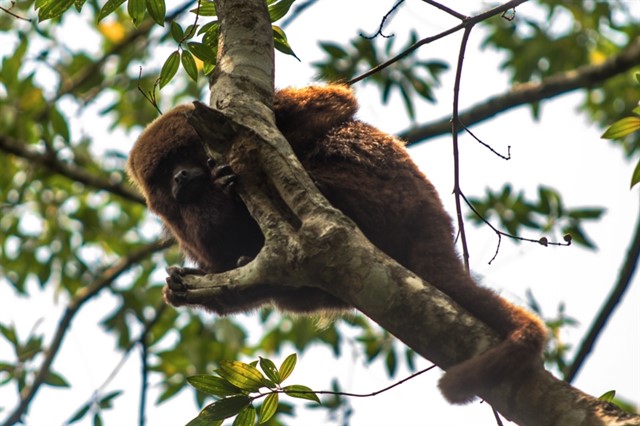
The natural parks are Conservation Units (UCs), areas with the same status as the large national reserves, but under the responsibility of the City government. In all, they total over 2,000 hectares.
These are preservation areas that started to be structured, with reception facilities, parking, and bathrooms, with resources coming from compensatory measures of great infrastructure works in the city, such as the construction of the Rodoanel ringroad and the monorail of the eastern zone.
The legislation determines that these parks, which have already existed as preservation areas for over two decades, have management plans and integration with the city that is only now coming out off paper into reality.
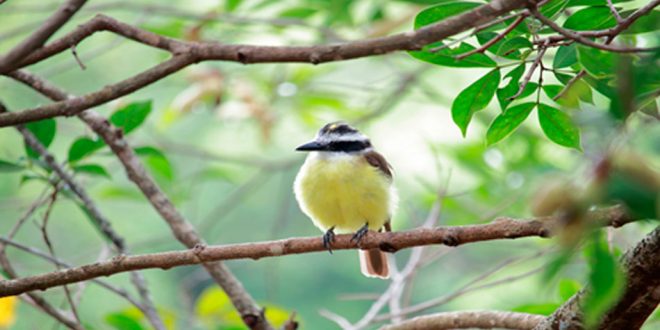
The pilot project will give the City an idea on the demand for access to these areas, so that in the future it may structure an integral opening, such as that of urban parks. “It is essential for the population to participate. It’s no use maintaining a place that no one can visit”, says Anita.
She highlights the ease of contact with the biodiversity of the region. In the parks, there are specimens of Cecropias, Cedars, Palmito Jussara and Cambucis of the Atlantic Forest. Over the past few months, these trees have been cataloged so that visitors can identify them as they walk along the trails.
The program starts on January 14th, when the Itaim Municipal Natural Park will be opened. It is located in the region of Parelheiros, in an area that is equivalent to almost 500 soccer fields.
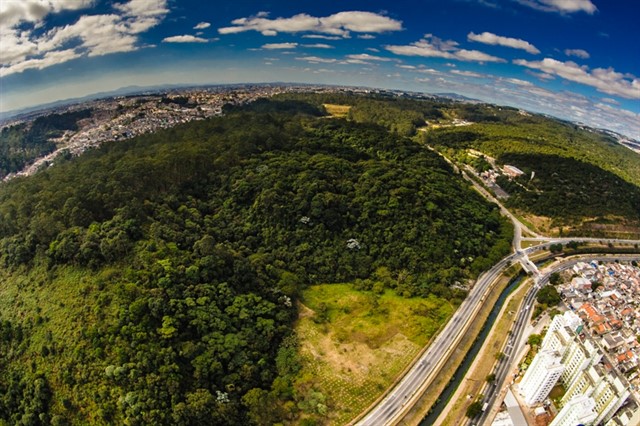
In the same week, Varginha, Bororé, and Jaceguava Parks will open, completing the four locations in the south zone. The parks border the Billings and Guarapiranga reservoirs, which can be viewed from the trails. During the pilot project, every day of the week one of the parks is open, and all of them will open on weekends.
February
The Fazenda do Carmo Municipal Natural Park, on the east side and close to the already well-known Carmo Park, will open on February 4th. The eastern zone is located between Itaquera and São Mateus, in an area with 50 natural springs that are part of the system that forms the Aricanduva river stream.
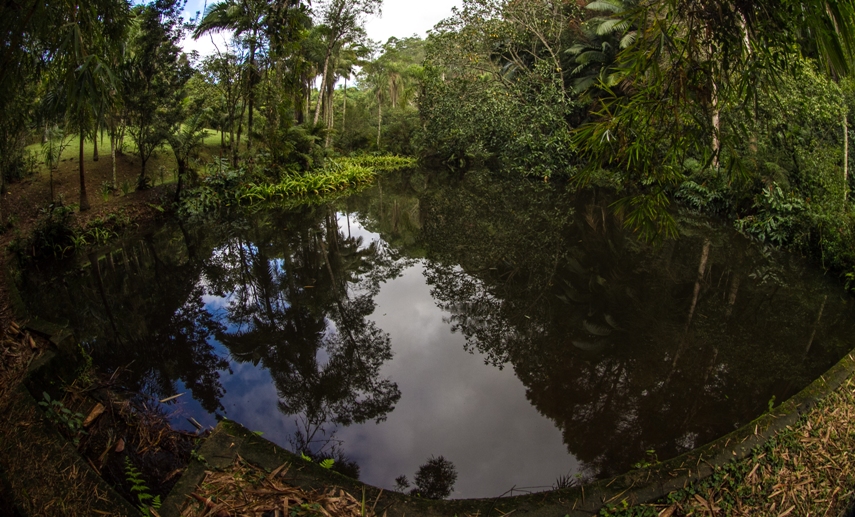
There, even the administration building stands out. It is a sustainable construction, as the architect Lucas Lavecchia Gomes observes.
Its administrators, until now, still had to worry about dangers ranging from clandestine fires to invasions by religious groups, from evangelicals who seek the mountains for worship, to followers of African religions who seek the park to leave various offerings in the forest.
Now, they are preparing to lead visitors to walk the trails, occupied by families of sloths. “We have up to 8 kilometer-long trails, but we’ll start with this one (the sloths), which people like best,” said unit manager Helen Evelin Souza.
Parks Datasheet
Itaim
Foundation: 2012
Area: 477 hectares
Opening to the public: January 14th
Timetable: Tuesdays, Saturdays, and Sundays, from 8 AM to 5 PM
Address: Rua Amaro Alves do Rosário 2.676, Parelheiros
Infrastructure for visitors:
Tatu Trail
Ribeirão Itaim and Silêncio Woods Trail
Area for sightseeing and picnic
Children’s playground
Men’s and women’s restroom
Administration/information
Car Park
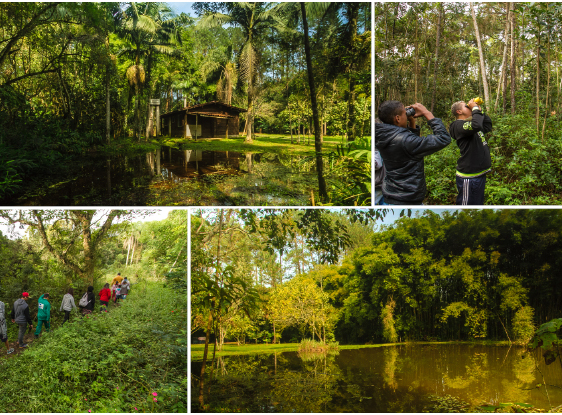
Varginha
Foundation: 2012
Area: 419 hectares
Opening to the public: January 15th
Timetable: Wednesdays, Saturdays, and Sundays, from 8 AM to 5 PM
Address: Paulo Guilguer Reimberg 6.200, Grajaú
Infrastructure for visitors:
Içá trail with a lookout, lake, children’s playground, restrooms (including PCD), bicycle track, lookout, library, ATIs (exercise facilities for senior citizens)
Billings Dam Pier for landscape sightseeing
Accommodation for researchers
Car Park
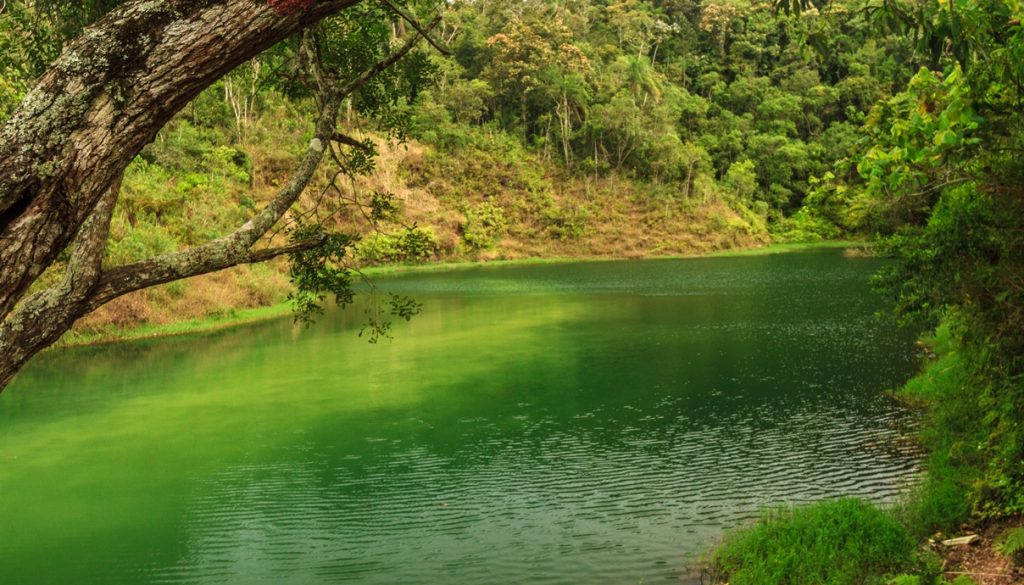
Jaceguava
Foundation: 2012
Area: 410 hectares
Opening to the public: January 18th
Timetable: open on Mondays, Saturdays and, Sundays, from 8 AM to 5 PM
Address: Avenida do Jaceguava, near nº 1.100, Bairro Jaceguava (Parelheiros)
Infrastructure for visitors:
Saci Trail
Picnic area
Men’s and women’s restroom facilities for handicapped people
Administration/information
Car Park
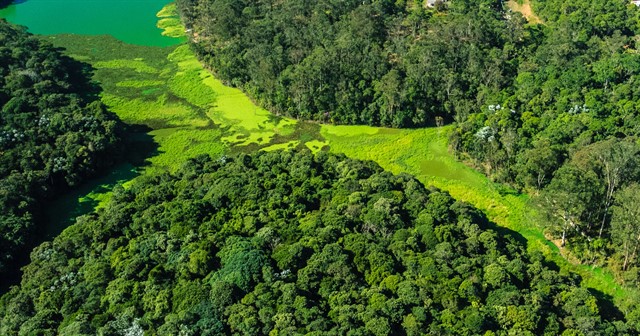
Bororé
Foundation: 2012
Area: 410 hectares
Opening to the public: January 18th
Timetable: open on Mondays, Saturdays, and Sundays, from 8 AM to 5 PM
Address: Avenida do Jaceguava, near nº 1.100, Bairro Jaceguava (Parelheiros)
Infrastructure for visitors:
Saci Trail
Picnic area
Men’s and women’s restroom with facilities for handicapped people
Administration/information
Car Park
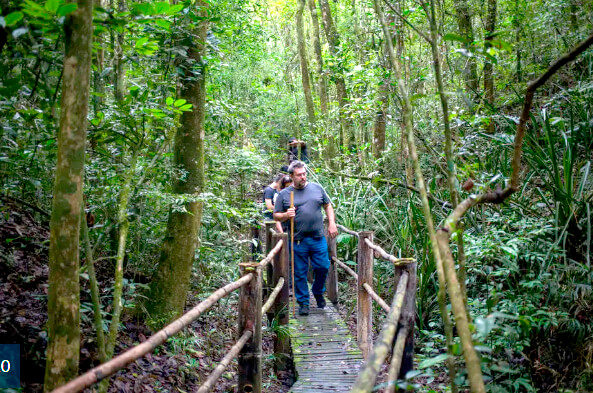
Fazenda do Carmo
Foundation: 2003
Area: 449 hectares
Opening to the public: February 4th
Timetable: Tuesdays, from 8 AM to 5 PM
Address: Estrada da Fazenda do Carmo, 350, Itaquera
Infrastructure for visitors:
Sloth Trail
Open picnic area
Community library
Restrooms (including facilities for the handicapped)
Administration, with emphasis on its construction with sustainable architectural design
Car Park

